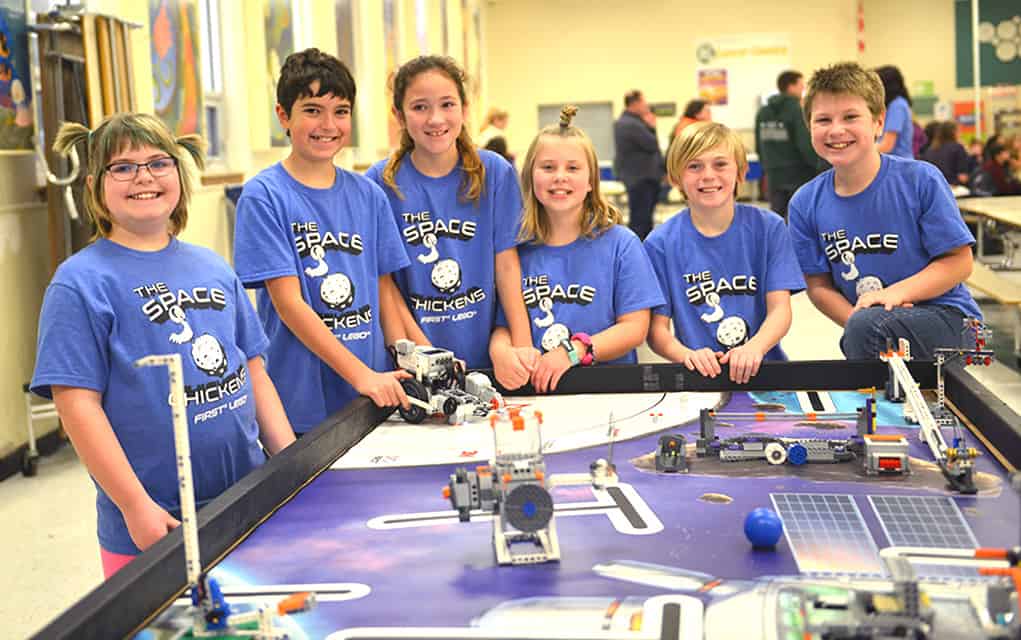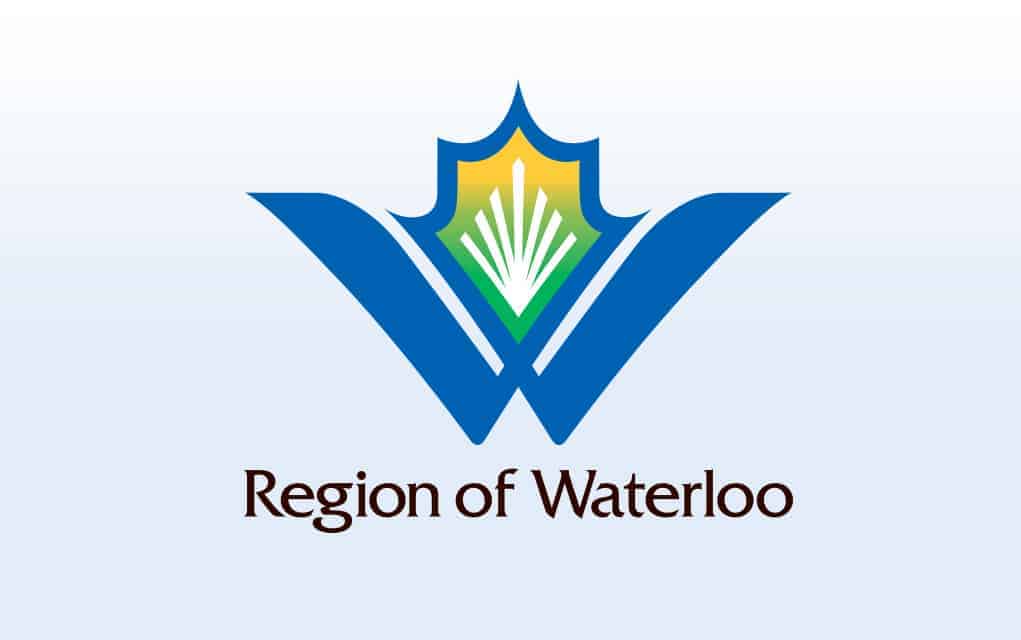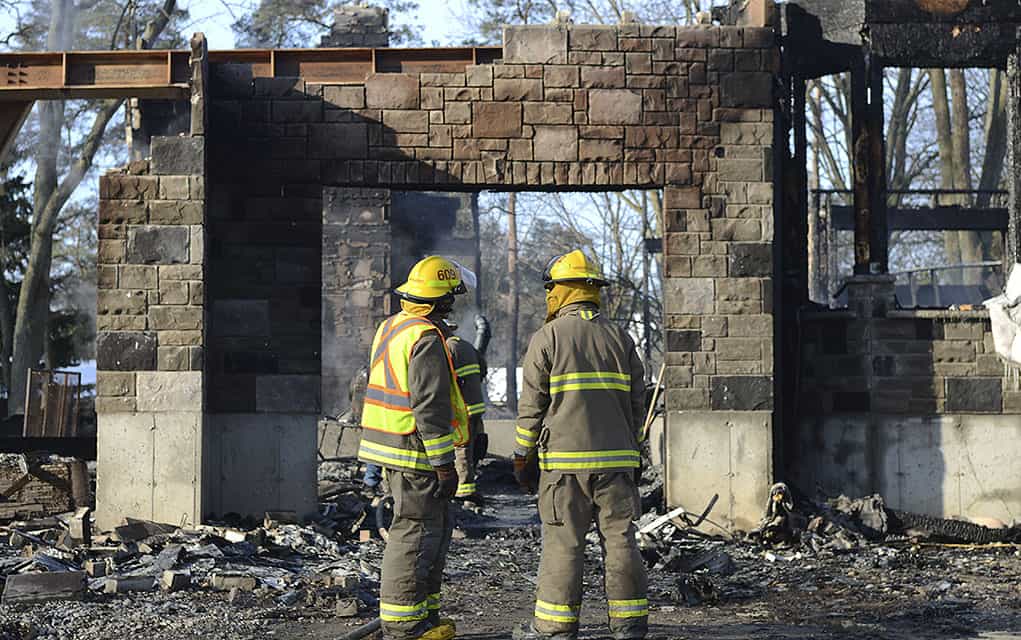Playing with Lego literally a moving experience for a group of young tinkerers making a foray into robotics. Local members of the FIRST (For Inspiration and Recognition of Science and Technology) LEGO League took part in a practice tournament last weekend in preparation for an official competition on December 1.
The Elmira Space Chickens, St. Clements Wild Goats and St. Jacobs Super Stingers got to show off their autonomous robots entirely constructed by Lego Mindstorm technology. Teams had two-and-a-half minutes to program their robot to complete as many tasks as possible on a table-top playing field.
“They also have a project where they are given a real-world problem and are challenged to find a solution themselves,” explained Heidi Wight, an organizer for the Elmira team. “It’s what FIRST calls core values, which are mostly centred around sportsmanship. They help each other out which makes for a really fun environment.”
The real-world problem typically deals with challenges faced by today’s scientists. Examples of topics include food safety, recycling, and energy. The robotics teams collaborate and brainstorm solutions. Then they share this information in the form of a presentation, honing their public speaking skills.
Other core values and skills hoped to build upon for the team include innovation, impact in applying what was learned to improve the world, the discovery of new ideas and skills, inclusion, teamwork and fun. It helps these members build real-world skills – kids in the LEGO league often join the EDSS robotics team in later years. The Elmira Space Chickens noted that they had learned several skills during their time on the team, including programming and problem-solving skills.
“When it was running at first, it was very wonky,” said Lily Hopper, a member of the Elmira LEGO league. “When we realize something goes wrong, we just have to go back to the computer and fix it.”
The team was also all in agreement that they learned the valuable skill of patience.
“Sometimes when we do this, we program it, so we think it’s going to do something,” said Jamie Meissner, another member of the league. “And then it goes and does something completely the opposite, and it’s like… ‘really?!’”
This specific robotics team – the FIRST LEGO League – is for kids in Grades 4-8. However, there are options for those in kindergarten up to Grade 12 to join a robotics team. They are also mentored in programming as well as structuring the robots by members of the EDSS FIRST Robotics team. Wight noted that she is continually impressed by these high school students who act as mentors.
“Last year was the first year that I coached a team,” explained Wight. “When I asked the mentors, ‘How do I give you credit for your community involvement hours?’ Their response was: ‘Oh, right, I guess this qualifies as community involvement.’ They were volunteering because when they played LEGO League, they had mentors and they really appreciated it. So they just wanted to pay it forward.”
While the team currently has six members, Wight said that there is a waiting list of about 10 people to join the team. She is encouraging other parents to start their own team.
“Basically, we had friends who were coaches in FIRST LEGO League, and we saw how much fun they were having,” said Wight. “So as soon as our son was in Grade 4, we started a team of our own. And we just invited a few of our sons’ friends to be on the team. And then the EDSS FIRST Robotics team volunteered to be mentors to help us out.”
The team meets up once a week to work together. The autonomous robot took months of trial-and-error to build. FIRST LEGO League has some 320,000 participants and has a presence in 98 countries. For more information, visit The First Lego League website.









